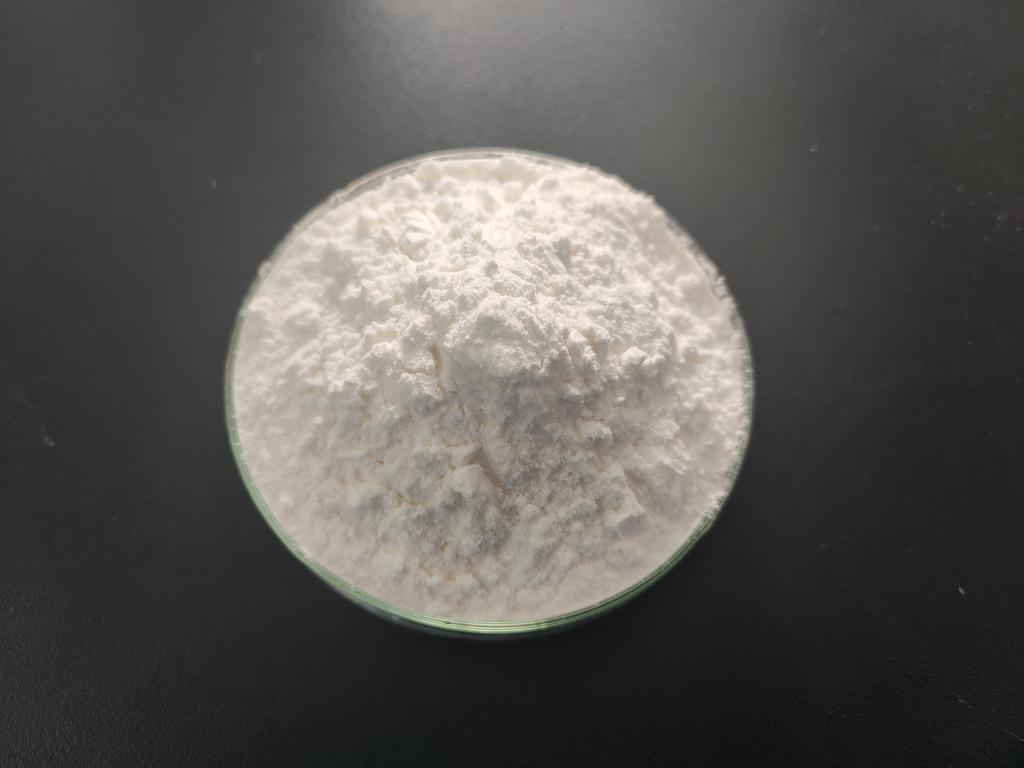Tel:+8618231198596

News
 CONTACT
CONTACT
 CONTACT
CONTACT
- Linkman:Linda Yao
- Tel: +8618231198596
- Email:linda.yao@dcpharma.cn
- Linkman:CHARLES.WANG
- Department:Overseas
- Tel: 0086 0311-85537378 0086 0311-85539701
News
Current Position:
Home >
News
>Harnessing ε-Polylysine Hydrochloride for Microbial Control in Water Treatment
Harnessing ε-Polylysine Hydrochloride for Microbial Control in Water Treatment
TIME:2024-01-10
Introduction:
Access to clean and safe water is a fundamental human right, yet microbial contamination remains a significant challenge in water treatment. As the global population grows and environmental pressures increase, the need for effective and sustainable water treatment solutions becomes imperative. This article introduces the reader to the potential of ε-Polylysine Hydrochloride in microbial control within the realm of water treatment, setting the stage for an exploration of its molecular foundations and applications.
The Molecular Arsenal: Structure and Composition:
At the core of ε-Polylysine Hydrochloride's microbial control efficacy lies its molecular structure. This section provides an in-depth examination of the compound's composition, unraveling the arrangement of amino acids that confer stability and functionality. Understanding the molecular intricacies of ε-Polylysine Hydrochloride is essential for comprehending its antimicrobial capabilities in water treatment.
Biosynthesis and Production:
The production of ε-Polylysine Hydrochloride for water treatment involves microbial fermentation, employing specific strains of bacteria capable of synthesizing this antimicrobial peptide. This section explores the biosynthetic pathway of ε-Polylysine Hydrochloride, shedding light on the key enzymes and microbial strains involved. Insights into the production process are crucial for ensuring scalability and consistency in water treatment applications.
Mechanisms of Action: Tackling Waterborne Microorganisms:
The effectiveness of ε-Polylysine Hydrochloride in microbial control stems from its unique mechanisms of action. This section provides a comprehensive exploration of how ε-Polylysine Hydrochloride disrupts microbial cell membranes, interferes with essential cellular functions, and exhibits broad-spectrum activity against various waterborne microorganisms. A nuanced understanding of these mechanisms is vital for harnessing the full potential of ε-Polylysine Hydrochloride in water treatment.
Antimicrobial Spectrum and Efficacy:
One of the standout features of ε-Polylysine Hydrochloride is its broad-spectrum antimicrobial activity. This section examines its efficacy against various waterborne microorganisms, including bacteria, viruses, and algae. Case studies and research findings illustrate how ε-Polylysine Hydrochloride can contribute to maintaining the microbial safety of water sources, ensuring access to clean and uncontaminated water.
Applications in Water Treatment: Safeguarding Water Resources:
The primary application of ε-Polylysine Hydrochloride in water treatment is focused on safeguarding water resources. This section explores its potential applications in various water treatment processes, including disinfection, microbial control in water supply systems, and protection against harmful algal blooms. It highlights how ε-Polylysine Hydrochloride aligns with the industry's goals of ensuring safe and sustainable water supplies.
Compatibility with Water Treatment Processes: Integration into Existing Systems:
For ε-Polylysine Hydrochloride to become an integral part of water treatment, compatibility with existing processes is crucial. This section explores the integration of ε-Polylysine Hydrochloride into different water treatment methods, such as chlorination and filtration. Insights into its compatibility with different treatment systems provide a roadmap for the practical implementation of ε-Polylysine Hydrochloride in the water treatment industry.
Environmental Considerations and Sustainability:
As the water treatment industry embraces sustainability, this section explores the environmental considerations associated with ε-Polylysine Hydrochloride. It discusses the compound's biodegradability, its potential role in reducing the environmental impact of chemical disinfectants, and its alignment with sustainability goals in water treatment.
Challenges and Future Prospects: Navigating the Path Ahead:
While ε-Polylysine Hydrochloride holds promise in microbial control for water treatment, challenges such as cost, regulatory considerations, and public acceptance must be addressed. This section discusses the current challenges and proposes potential solutions. Additionally, it explores future prospects for ε-Polylysine Hydrochloride in water treatment, including advancements in formulation technologies and potential collaborations between researchers and industry stakeholders.
Conclusion:
In conclusion, ε-Polylysine Hydrochloride stands as a transformative agent in the realm of microbial control for water treatment. From its molecular foundations to real-world applications, this article provides a comprehensive overview of how ε-Polylysine Hydrochloride is revolutionizing the way water is treated for microbial safety. As water scarcity and contamination continue to pose global challenges, ε-Polylysine Hydrochloride emerges as a key player in the quest for effective and sustainable water treatment solutions, ensuring access to clean and safe water for communities worldwide.
- Tel:+8618231198596
- Whatsapp:18231198596
- Chat With Skype







